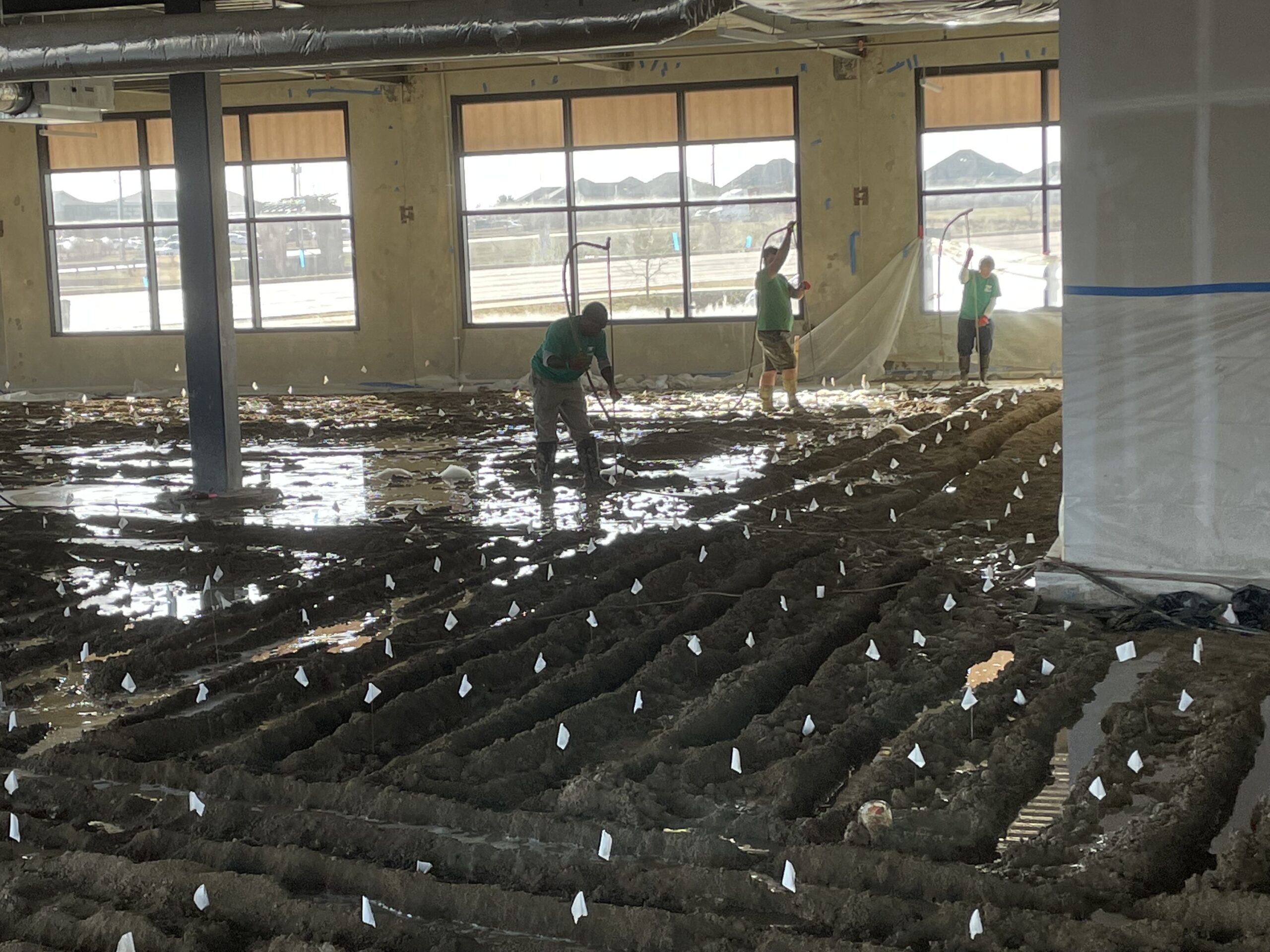Soil injection is a revolutionary technique reshaping how construction projects are approached. At its core, this process involves injecting specialized solutions into the ground to strengthen and stabilize the soil. This prevents issues like soil swell and heave, common problems that can threaten the integrity of new structures. When applied early in a construction project, soil injection not only adds durability to the foundations but also sets the stage for smoother and more cost-effective building processes from the very start.
Exploring the cost-benefit angle of early soil injection reveals the numerous ways it can enhance construction projects. By addressing potential soil challenges upfront, developers and builders can save both time and money. This approach leads to a more streamlined construction process, minimizing unexpected setbacks.
Immediate Cost Savings
Turning to the monetary impact, early soil injection offers notable cost savings on several fronts. Initially, it cuts down the need for traditional stabilization methods, which often demand large amounts of materials and labor. With the injection method, fewer materials are required, which directly reduces costs.
– Material Savings: Using a specialized ionic solution means less reliance on bulk materials like select fill, leading to lower procurement costs.
– Labor Efficiency: The process is straightforward, requiring less manpower and freeing up resources to be allocated elsewhere.
– Reduced Equipment Needs: Traditional methods often need heavy machinery, but soil injection simplifies equipment requirements, further trimming costs.
In essence, adopting soil injection early in development can lead to substantial savings for both developers and builders. This efficiency not only eases the financial burden but also contributes to a more sustainable construction process overall.
Logistical Benefits
Aside from cost savings, soil injection brings several logistical advantages to the table. One of the standout benefits is the way it streamlines the construction workflow. By preparing the ground more efficiently at the project’s onset, potential delays due to soil conditions are minimized.
The process also significantly reduces site disruption. Traditional methods often cause chaos on-site, with large volumes of soil movement disrupting ongoing activities. In contrast, soil injection causes minimal disturbance, allowing other construction tasks to continue unhindered. This seamless integration can help maintain project timelines, ultimately ensuring that construction proceeds as planned without unforeseen hiccups.
Moreover, the swift nature of soil injection translates to faster project timelines. By addressing soil challenges promptly with injection, developers can avoid the slowdowns typical of more cumbersome methods. This proactive approach makes the construction process smoother and can prevent the project from dragging on longer than necessary, benefiting all parties involved.
Long-term Financial Benefits
Thinking ahead, early soil injection offers significant benefits that go beyond initial savings. One of the major advantages is the way it reduces the likelihood of future repair costs. By tackling soil issues right from the start, builders can avoid costly repairs that might arise from foundation problems down the line. This proactive approach ensures that investments in construction are protected for years to come.
The reliability of stabilized foundations is another key consideration. When the soil surrounding a building remains stable, structures are less susceptible to wear and tear caused by shifting ground. This means fewer resources spent on maintenance and more peace of mind for property owners. Over time, these savings add up, making early soil injection a smart financial decision.
For anyone involved in planning and developing construction projects, considering these long-term advantages is crucial. The money saved on repairs and maintenance can be redirected towards other valuable improvements or innovations.
Environmental and Regulatory Advantages
Early soil injection isn’t just good for the pocketbook; it also carries environmental perks. By using fewer materials and cutting down on the need for heavy machinery, the process is kinder to the planet. This is a plus for builders and developers aiming to create more sustainable projects.
Additionally, minimizing the environmental footprint can help with regulatory compliance. Projects often have to meet environmental regulations, and simplifying this aspect can lead to cost savings from reduced regulatory fees or possible fines. With soil injection, the project stays on the good side of eco-friendly practice, paving the way for smoother compliance.
When you factor in these environmental benefits, soil injection becomes an appealing option. It helps construction projects align with the growing demand for sustainable practices, while continuing to offer logistical and financial advantages.
The Value of Early Soil Injection
Summing up, early soil injection brings a lot to the table for developers and builders. From cutting down immediate costs and streamlining logistics to providing long-term financial security and meeting environmental standards, this technique proves its worth on multiple fronts. When the ground beneath a project is stable, everything above it stands to gain, providing a foundation that supports success.
As building needs evolve, considering solutions like soil injection is increasingly beneficial. Making this investment early on helps projects move forward more confidently and efficiently. With all the advantages clearly articulated, it becomes a beneficial choice for future constructions, ensuring that they are sound, cost-effective, and environmentally supportive.
Choosing early soil injection can make a big difference in the long-term stability and overall savings of your construction projects. Learn how you can build safer, longer-lasting homes by exploring the benefits of secure foundations in Texas with help from ProChemical Soil Stabilization. Our team is here to support your next project with proven solutions that minimize delays and protect your investment.

